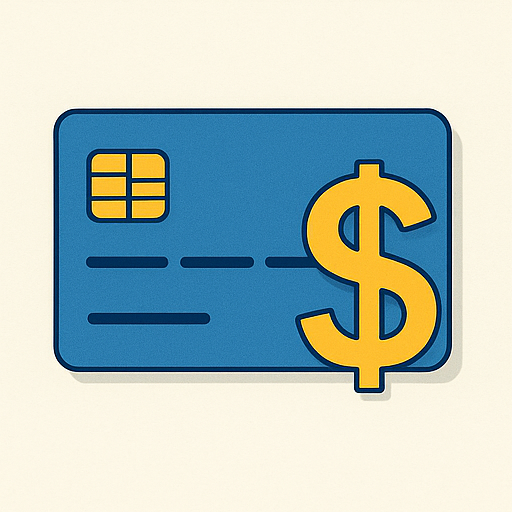What “no-spend” actually means
No-spend doesn’t mean living like a hermit. It means refusing nonessential spending for 30 days while still covering the essentials. Think of it as a spending cleanse — not punishment.
Allowed (essentials):
- Rent or mortgage, utilities, insurance, phone bill
- Groceries and essential household items (toilet paper, soap)
- Transportation that you can’t avoid (gas for commuting, transit passes)
- Medications, doctor visits, and any required recurring payments
- Prepaid subscriptions you’ve already committed to (if unavoidable)
Not allowed (nonessentials):
- Eating out, coffee shop runs, takeout
- Impulse buys (clothes, gadgets, home decor)
- New subscriptions or paid apps
- Entertainment purchases (movies, games, in-app purchases) — unless you already paid for them
Make the rules work for your life. If your baseline includes a weekly meal kit you rely on, decide if you’ll pause it or count it as part of groceries. The key is clarity.
Prep: set yourself up to win
A great challenge starts before Day 1.
- Pick your 30 days — avoid holidays or times you already expect big costs.
- Estimate what you’ll save — look at last month’s spending and pick a realistic target.
- Remove temptation now — unsubscribe from promo emails, delete shopping apps, mute browser shopping sites.
- Plan grocery meals — make a 2–4 week meal plan from what you already have and only buy staples you’re missing.
- Automate essentials — set autopay for bills so you don’t have to think about them.
- Tell someone — accountability makes it easier. Tell a friend, partner, or post about it.
- Create a “fun fund” substitute — pick a free or very cheap activity for socializing (potlucks, board game nights, library movies).
The daily routine: small steps that add up
You don’t need to obsess — simple daily habits keep momentum.
- Track one line a day. Write down any spending (even allowed). Awareness is the engine of change.
- Ask “Do I need this?” Pause 24 hours for anything nonessential that pops into your head. Most fizzle.
- Use cash if you must. If you’re tempted by a card swipe, use a small cash allotment only for essentials.
- Swap, don’t stop. Replace paid outings with free alternatives: a picnic instead of dinner out, a walk with a friend instead of drinks.
When you slip (and you will) — be kind and strategic
A single slip doesn’t ruin the whole challenge. How you respond matters.
- Don’t binge. One mistake doesn’t mean one day becomes one month. Reset immediately.
- Analyze the trigger. Did you skip lunch and buy fast food? Did an emotional moment lead to shopping? Fix the root cause.
- Adjust rules if needed. If your job requires travel that week, pause the challenge and pick new dates. Flexibility beats stubborn failure.
Realistic variations (pick one if 30 days feels brutal)
- No-Spend Weekends Only: Keep weekdays normal but challenge weekends.
- Category Lockdown: No eating out for 30 days, but small purchase categories allowed.
- 10-Day Sprint: Shorter but intense — good for beginners.
- Rolling 30: Track a rolling 30-day window to build a new habit gradually.
Hacks to make it painless (and even fun)
- Prep “emergency” stash. Put a tiny cushion in your account so you’re not anxious about surprise costs.
- Turn savings into something. Move what you save to a “challenge reward” jar. At the end, treat yourself to a planned, meaningful reward (not impulsive shopping).
- Micro-wins. Celebrate days 7, 15, and 30 with a free reward (long bath, favorite playlist, a hike).
- Buddy up. Do the challenge with a friend and swap victory texts.
- Use gamification. Chart your progress on paper or an app; seeing the line go up is motivating.
Measuring success (it’s not just dollars)
Yes, money saved is the easiest metric. But also notice:
- Fewer impulse purchases
- Better meal planning and less food waste
- Greater clarity about what purchases matter to you
- Less stress from managing small transactions
At the end of 30 days, total your savings and write a short reflection: what surprised you, what felt hardest, and what you’ll keep doing.
After the challenge: don’t go back to autopilot
The real value of this challenge is the habit upgrade.
- Keep one habit. Continue meal planning or coffee-at-home for just two days a week.
- Create a “spend plan.” Allocate a small, weekly discretionary allowance so you can shop intentionally.
- Repeat quarterly. Do a 30-day refresh every few months to recalibrate.
Sample 30-Day Rules (copy and paste)
- Essentials only: rent, utilities, groceries, meds, commuting.
- No dining out, no new clothes, no online shopping.
- Pause one subscription if possible.
- Track all spending daily in one notebook or an app.
- If tempted, wait 24 hours.
Final pep talk
Think of this as a curiosity project rather than a deprivation challenge. You’re experimenting: testing how much your life actually depends on small purchases and where your money can work harder. Expect friction. Expect learning. Expect a little thrill when you hit Day 30 and see that extra cash in your account.
